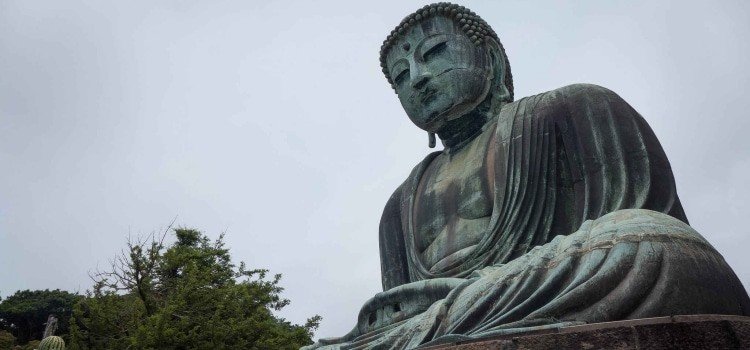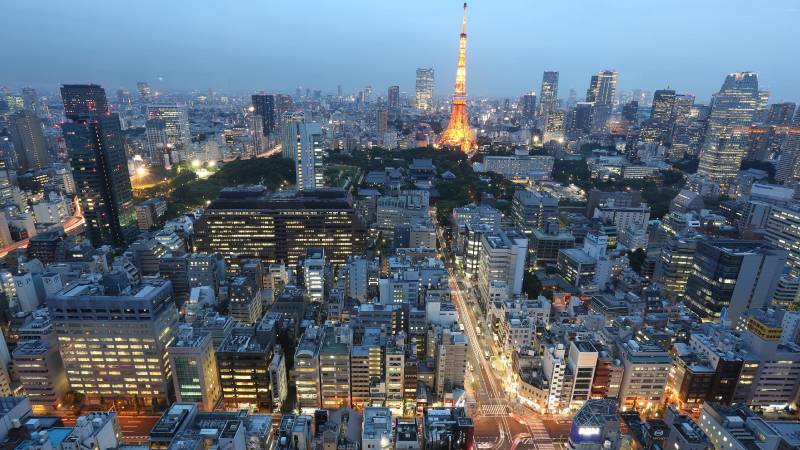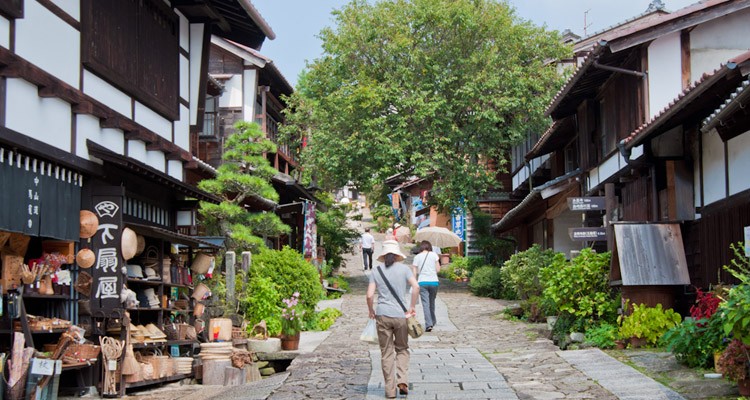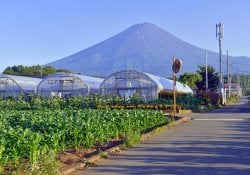Ivory beaches lapped by a placid turquoise ocean just tinged with blue, a gigantic metropolis of skyscrapers with mirrored facades and animated by commercials and 24-hour instant news and, again, rural villages amid age-old forests, spas, castles and Shinto shrines and ancient Buddhists where the smell of wood is intensified by the smoke of lit incense.
Nestled between unimaginable folklore and modernity, Japan often feels like a risky destination for the average tourist. Whether because of the cost of travel, the language, or the sometimes embarrassing eccentricity of the Japanese, the Rising Sun is still a corner of the planet little explored by Italian travelers. However, nowhere else will you find a punctual public transport system that can break second and always within walking distance like in Japan, so much so that even the smallest urban centers are served by at least one train station. So, if you already have half an idea of going to Japanese lands, know that you will not find the slightest difficulty in getting around, whether to visit the gigantic capital or a typical village in the south of the country.
Índice de Conteúdo
Discovering Japanese Spirituality
Wherever you go to Japan, you will certainly not fail to notice the lively spirituality of the natives. Although the topic of religion is, in fact, something of a taboo (when asked about it, the average Japanese person is embarrassed or, in order not to interrupt the conversation, prevaricates and leads them to a “lighter” topic), the Japanese maintain a strong connection with the Shinto tradition and who, often and willingly, join Buddhism and alternate with it according to the various stages or situations of life.
A wonderful example of this very normal Japanese eccentricity in terms of spirituality is represented by the Zeniarai Benzaiten temple. You won't believe it, but the Japanese go to this Shinto shrine every time they want to submit their money to the rite of purification. First of all, it should be emphasized that money is considered a malicious object in itself, therefore, the purification rite helps to ward off any kind of misfortune related to the use of money. You can find the Zeniarai Benzaiten temple in Kamakura (Kanagawa Prefecture), a veritable valley of Japanese temples, where you can wash your money at the sacred water source: the Buddhist deity Benten (and here Buddhism and Shinto intersect in a unique tradition), goddess of water, music and well-being, will protect all your future purchases or investments. Just think that Benten is so famous that many Japanese people will purify coins to buy lottery tickets. Don't forget: the money “laundered” at the temple fountain must be spent to produce its good fruit!

Tokyo, the giant of megacities
A single day in Tokyo will never be enough to see all the wonders of this city, which knows how to be futuristic beyond imagination and traditional in the most disarming way possible. Before entering the alleys of this immense tangle of streets and alleys, take a map to consult step by step (practically, almost all stores have at least one) or download an application from the internet that allows you to understand with extreme precision where you are and to where to go. If you're not afraid of mazes, Tokyo is all yours! In this giantess among the most limitless megalopolises you will be literally captured by the gravitational attraction of the flow of people moving almost synchronized in unison, impossible not to be caught by the human circuit of Tokyo!
Even the seemingly remotest alleys are actually well lit and populated with typical shops or restaurants that display images of their main dishes on monitors displayed in the window. In the Ginza district, the most elegant and refined meander of the capital, you will find the most exclusive stores in the whole country: the one that sells the best types of paper in the world, including the paper made in Italy, used to wrap objects, but also to make colorful greeting cards or very refined business cards.

Rural villages not to be missed
In addition to surprising with its ultramodern jewelry, the Rising Sun remains above all the country of ancient traditions and rural villages, lost at the foot of some mountains and populated by wooden houses and peasants who still wear kimonos (which the city's Japanese only wear for special occasions, such as ceremonies or national holidays).
Tsumago Juku is one of the villages found on the now famous Magome-Tsumago route. It was born as a cluster of houses around the post office, where formerly walkers slept and changed horses. If you want to go back a few centuries, Tsumago is the number one destination to include on your trip to Japan. If you want, you can also stay overnight in one of the many inns and taste the typical flavors of the place.

Another village that is definitely worth a stop is Takayama, famous for its sake distilleries and that sweet, intense aroma that mixes with the smell of old wood in its houses. Not to miss a thing, Funaya (also known as Ine no Funaya) is a village that will be impressed by the unique feature of its houses: they all have space to accommodate a boat. Funaya is actually the Venice of Japan, where people travel by boat and the houses seem to emerge directly from the water.
Still on the issue of water, the village of Oshino Hakkai was born in eight lakes that receive water from the melting of snow on Mount Fuji. As the mountain acts as a natural filter with its layers of lava, the water flowing downstream is clear and pure. You can drink directly from the source, which the locals consider to be a sacred spring.





